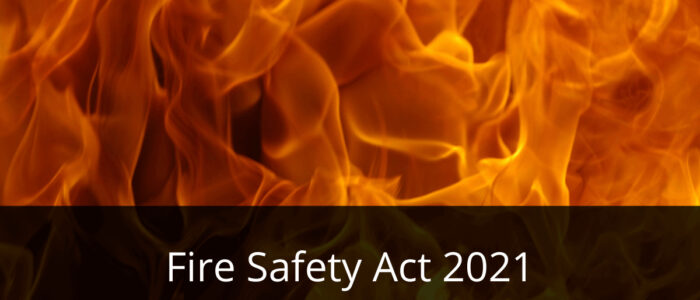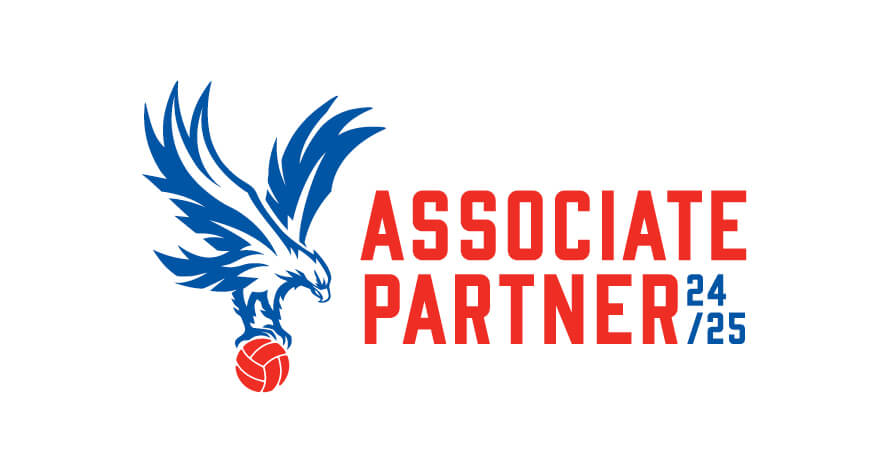Fire Safety Act 2021: A Guide to What You Need to Know
On 16 May 2022, the Fire Safety Act 2021 came into effect in England and Wales. This act is designed to improve fire safety in buildings, following the Grenfell Tower tragedy in 2017. The act clarifies that where a building contains two or more sets of domestic premises, the Fire Safety Order applies to:
- The building’s structure and external walls (including windows, balconies, cladding, insulation and fixings) and any common parts,
- All doors between the domestic premises and common parts.
Contents
What Is the Fire Safety Act 2021?
The Fire Safety Act clarifies the scope of the Fire Safety Order to make clear it applies to the structure, external walls (including cladding and balconies), and individual flat entrance doors between domestic premises and the common parts of a multi-occupied residential building.
The government now requires that the external walls of a building, fire doors to individual flats, and those located in common areas be assessed as part of a fire risk assessment on any given building.
The Act will ensure that the fire safety responsibilities of building owners and managers are clear and that residents have a right to information about the fire safety arrangements in their building.
How Can DDS International Help?
DDS have developed a “Dwelling Fire Survey” for small premises that have traditionally been excluded from FRAs. The survey meets risk assessment requirements and includes a physical site visit and report to confirm if the property:
- is exempt from a full FRA,
- is exempt from further investigations for external wall surfaces and EWS1 Form,
- does not have any significant fire risk of concern (based on external inspection).
Who is the Responsible Person?
 The Fire Safety Order defines the Responsible Person as anyone who has control or anyone who has a degree of control over certain areas within the premises. This could be the owner, employer, or occupier.
The Fire Safety Order defines the Responsible Person as anyone who has control or anyone who has a degree of control over certain areas within the premises. This could be the owner, employer, or occupier.
What Does This Mean for You?
If you own or manage a building that contains two or more sets of domestic premises, you will need to comply with the Fire Safety Act. This means you will need to carry out a fire risk assessment taking into consideration the new requirements, and put in place appropriate fire safety measures.
You will also need to ensure that your residents are aware of the fire safety arrangements in place. You will also need to provide information about the fire safety arrangements in your building to residents on request.
If you are a resident of a building that contains two or more sets of domestic premises, you have the right to request information about the fire safety arrangements in your building from the owner or manager.
The Fire Safety Act 2021 is an important step in improving fire safety in England and Wales. If you are a building owner or manager, make sure you understand your responsibilities under the act.
What Is the Fire Safety Order 2005?
The Fire Safety Order 2005 is a set of regulations in England and Wales that apply to all non-domestic premises. The order sets out the fire precautions that must be taken to protect people from the risk of fire, including:
- Making a fire risk assessment of the premises,
- Putting in places fire prevention measures, such as fire alarms and evacuation procedures,
- Training staff on how to deal with fires.
If you own or manage a building with non-domestic premises, you will need to comply with the Fire Safety Order 2005. This means you will need to carry out a fire risk assessment, and put in place appropriate fire safety measures.
FAQ
In Which Counties Does the Fire Safety Act 2021 Apply?
The Fire Safety Act 2021 applies in England and Wales.
When Did the Fire Safety Act 2021 Come Into Effect?
The Fire Safety Act came into effect on 16 May 2022.
What Are The Penalties for Not Complying with the Fire Safety Act 2021?
If you are found to be in breach of the Fire Safety Order, you could face an unlimited fine or up to two years in prison.
Conclusion
The Fire Safety Act 2021 is a piece of legislation that clarifies the scope of the Fire Safety Order to make clear it applies to the structure, external walls (including cladding and balconies), and individual flat entrance doors between domestic premises and the common parts of a multi-occupied residential building.
If you own or manage a building that contains two or more sets of domestic premises, you will need to ensure that you comply with the Fire Safety Act. This means carrying out a fire risk assessment and putting in place appropriate fire safety measures.











Comments are closed.